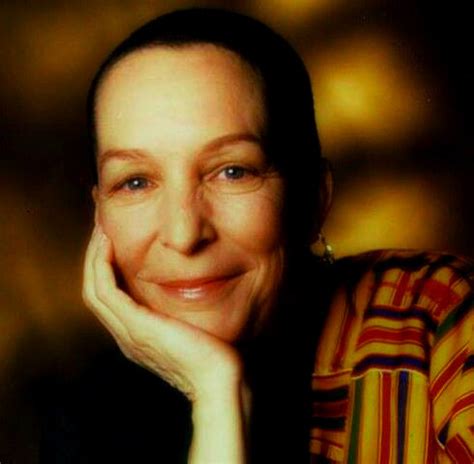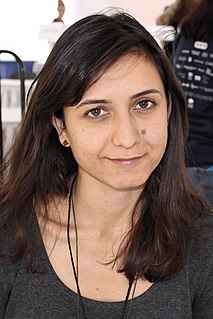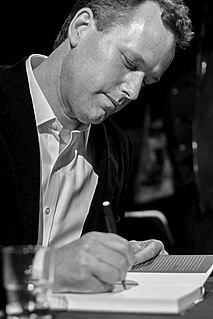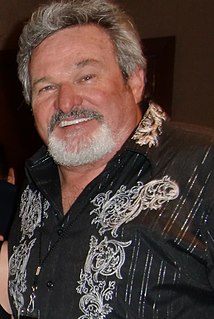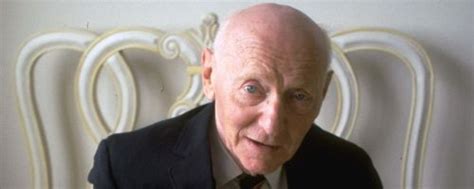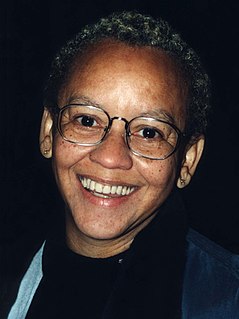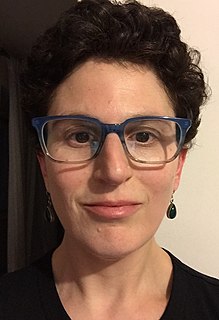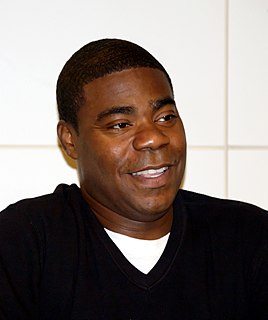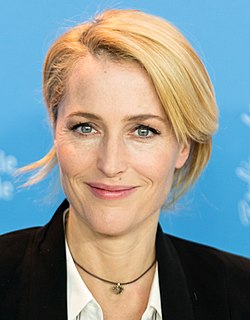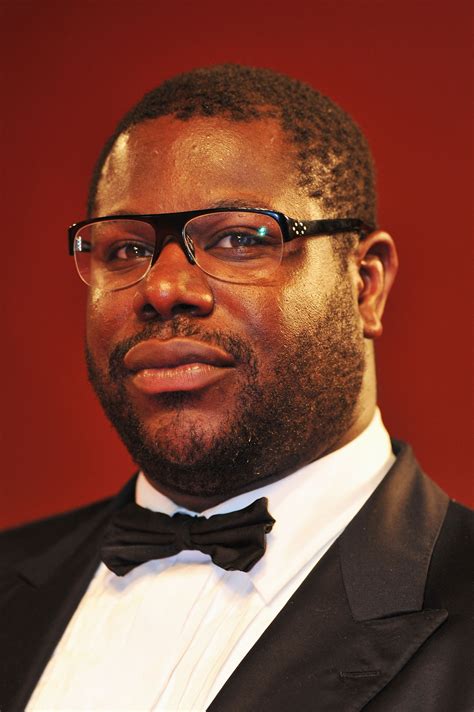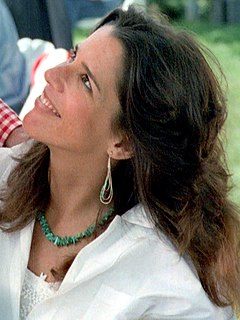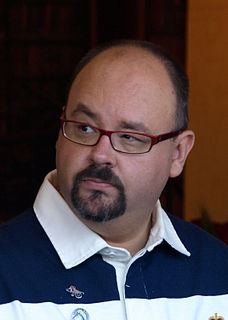A Quote by Pearl Cleage
When you're writing first person, all I can see and tell as the author is what that main character can see.
Quote Topics
Related Quotes
In the biographical novel, there's only one person involved. I, the author, spend two to five years becoming the main character. I do that so by the time you get to the bottom of Page 2 or 3, you forget your name, where you live, your profession and the year it is. You become the main character of the book. You live the book.
Writing, for me, when I'm writing in the first-person, is like a form of acting. So as I'm writing, the character or self I'm writing about and my whole self - when I began the book - become entwined. It's soon hard to tell them apart. The voice I'm trying to explore directs my own perceptions and thoughts.
The first person who showed me that I could be a maker of music was one of my best friends. It's like, you can't see yourself doing something until you see somebody else doing it. Other people were encouraging me singing, but this was the first time that I could see myself writing songs and playing guitar.
